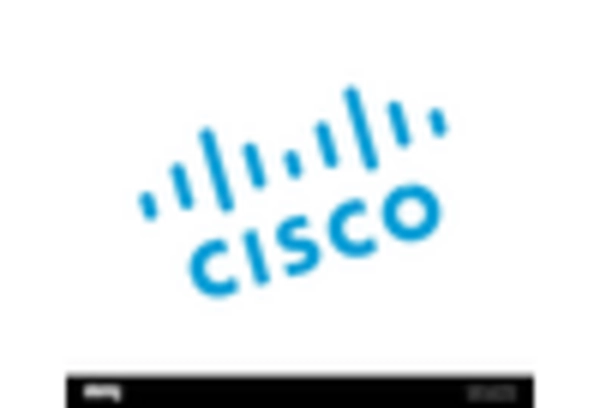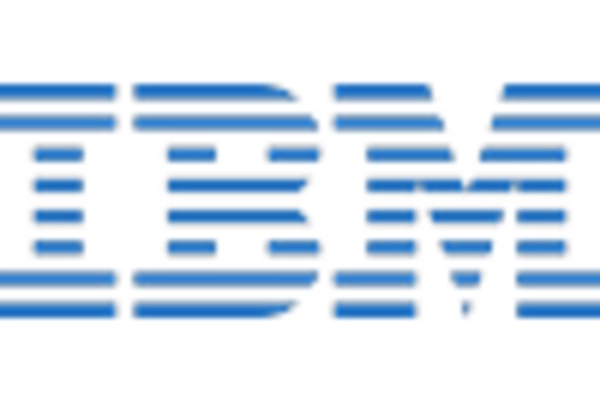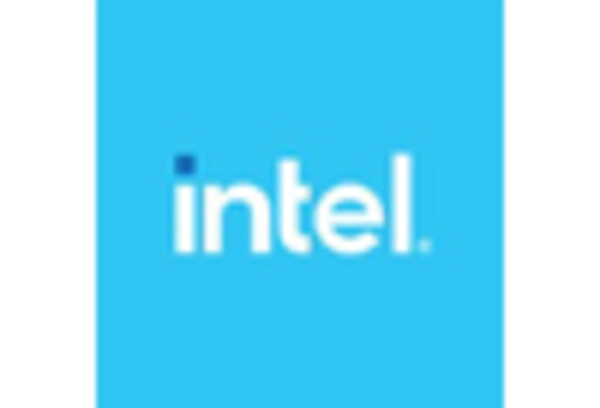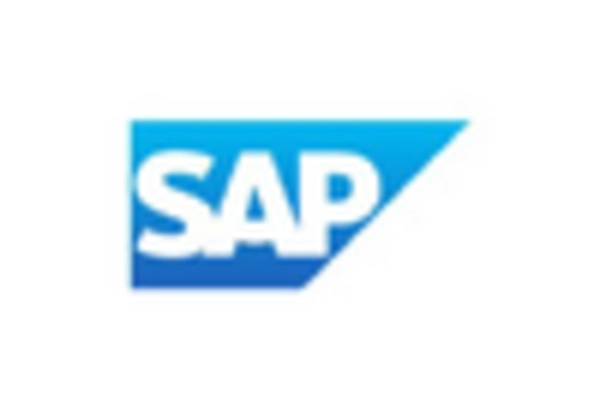Enhanced Risk Management
Risk management is becoming increasingly sophisticated within the Internet of Things in Banking Market. The integration of IoT devices enables banks to gather real-time data, which can be analyzed to identify potential risks and mitigate them proactively. For instance, IoT sensors can monitor transactions and flag unusual activities, thereby reducing fraud rates. According to recent estimates, banks utilizing IoT for risk management have seen a reduction in fraud losses by up to 30%. This capability not only protects financial institutions but also instills greater confidence among customers, fostering loyalty and trust. As the banking sector continues to embrace IoT technologies, the ability to manage risks effectively will likely become a defining characteristic of successful institutions.
Operational Cost Reduction
Operational cost reduction is a critical driver in the Internet of Things in Banking Market. By leveraging IoT technologies, banks can streamline operations, automate processes, and reduce manual interventions. For instance, IoT-enabled devices can facilitate remote monitoring of ATMs and branches, leading to significant savings in maintenance and operational costs. Reports indicate that banks implementing IoT solutions have achieved cost reductions of up to 20% in operational expenses. This efficiency not only improves profitability but also allows banks to allocate resources more effectively, enhancing overall service delivery. As competition intensifies, the ability to reduce costs while maintaining service quality will likely be a key differentiator for banks.
Data-Driven Decision Making
Data-driven decision making is emerging as a vital driver in the Internet of Things in Banking Market. The vast amounts of data generated by IoT devices provide banks with valuable insights into customer behavior, preferences, and market trends. By harnessing this data, financial institutions can make informed decisions that enhance product offerings and customer experiences. For example, banks can analyze transaction patterns to tailor services to specific customer segments, thereby increasing engagement and retention. The ability to leverage data analytics is expected to grow, with projections indicating that the market for data analytics in banking could reach USD 20 billion by 2026. This trend underscores the importance of data in shaping strategic initiatives and driving innovation within the banking sector.
Increased Adoption of Smart Devices
The proliferation of smart devices is a pivotal driver in the Internet of Things in Banking Market. As consumers increasingly utilize smartphones, wearables, and other connected devices, banks are compelled to adapt their services to meet evolving customer expectations. This trend is evidenced by a reported increase in mobile banking users, which reached over 1.5 billion in 2025. The integration of IoT technology allows banks to offer personalized services, real-time notifications, and enhanced user experiences. Consequently, financial institutions are investing in IoT solutions to leverage data from these devices, thereby improving customer engagement and satisfaction. This shift not only enhances service delivery but also positions banks to remain competitive in a rapidly changing landscape.
Regulatory Compliance and Data Governance
The Internet of Things in Banking Market is significantly influenced by the need for regulatory compliance and robust data governance. As banks adopt IoT technologies, they must navigate a complex landscape of regulations concerning data privacy and security. The implementation of IoT solutions necessitates stringent adherence to these regulations, which can vary by region. For example, the General Data Protection Regulation (GDPR) in Europe imposes strict guidelines on data handling. Banks that effectively integrate IoT while ensuring compliance can enhance their reputation and avoid costly penalties. This focus on compliance not only safeguards customer data but also positions banks as trustworthy entities in an increasingly scrutinized environment.

















Leave a Comment